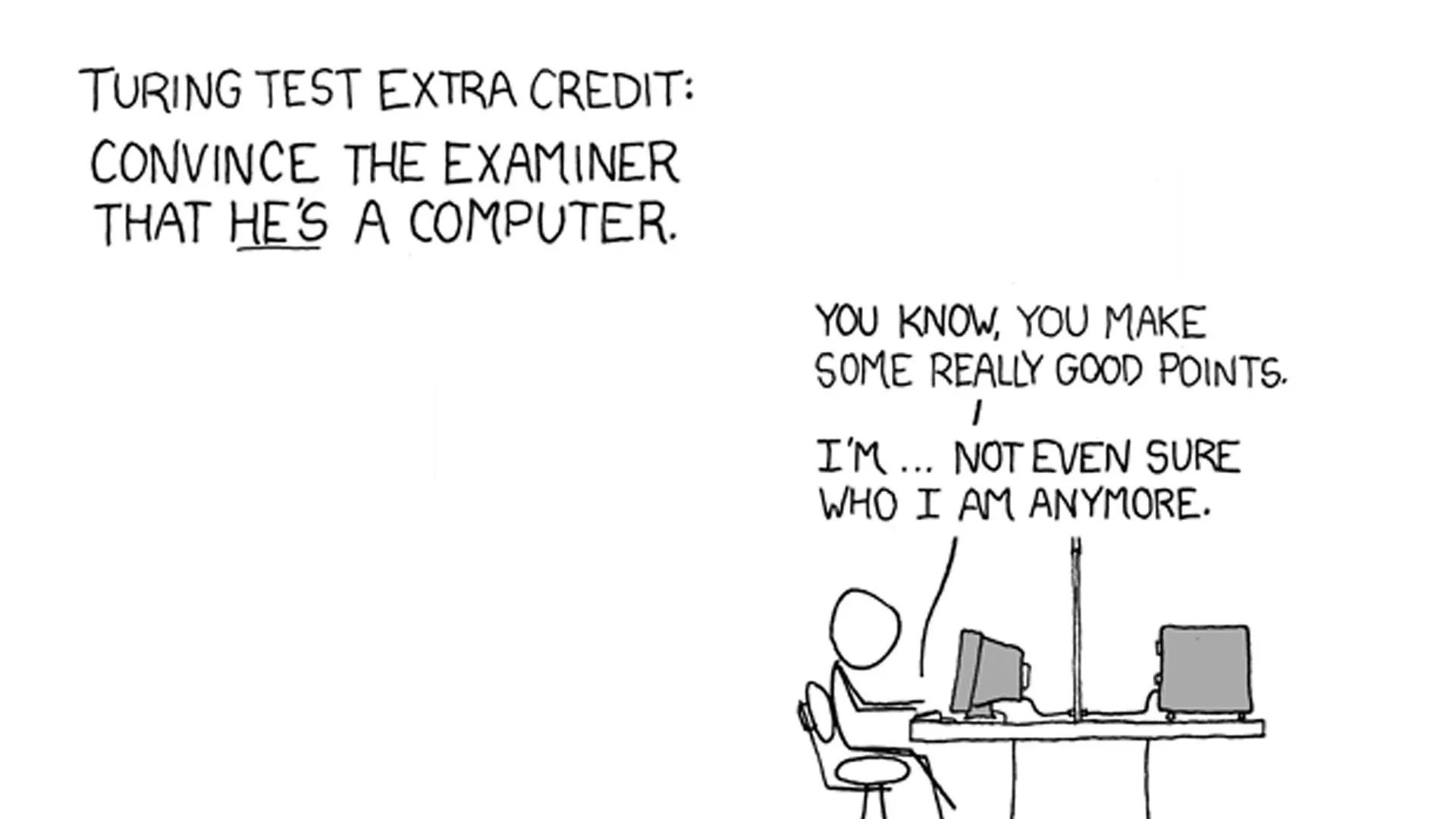The Turing test, also known as the “Imitation Game”, is an evaluation technique designed to determine if a machine has achieved artificial intelligence. It was proposed by the British computer scientist Alan Turing in 1950. Turing developed the test to evaluate whether a machine’s behavior is indistinguishable from that of a human.
The test involves a user, an interrogator, a computer, and sometimes a subject. The user interacts with both the interrogator and the computer through a terminal, and the interrogator has to determine which is the computer.
In order to pass the Turing test, the computer must be able to answer questions, understand the questions being asked, and understand the context of the conversation, as well as generate appropriate responses. If the computer is able to fool the interrogator for a sufficiently long amount of time, then it is said to have “passed” the Turing test.
In recent years, the Turing test has become increasingly controversial, with some arguing that it does not accurately reflect true artificial intelligence and that other tests should be developed or used instead. Despite this, the Turing test remains a widely used and accepted method for determining the capabilities of modern computer systems, and remains a major factor in the development of artificial intelligence research.





